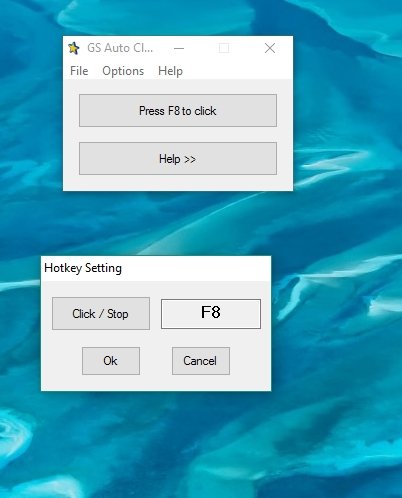

(If you're a frequent screenshot taker, we recommend pinning the app to the taskbar.) Or you can just search for it if you don't commit the keyboard shortcut to memory. You can also find the Snip & Sketch tool listed in the alphabetical list of apps accessed from the Start button as well as in the notification panel where it's listed as Screen snip. The easiest way to call up Snip & Sketch is with the keyboard shortcut Windows key + Shift + S.

It can now capture a screenshot of a window on your desktop, a surprising omission when the app was first introduced that kept us on Team Snipping Tool until recently. The Snip & Sketch tool is easier to access, share and annotate screenshots than the old Snipping Tool.

Here's how to use built-in tools and other shortcuts for taking screenshots in Windows 10 and Windows 11, so you can decide which you like best. Whether you have Windows 10 or Windows 11, there are a few easy ways to take screenshots of all (or part) of your screen. Taking screenshots of important documents, like plane tickets or receipts for online purchases, is a good way to make sure you have access to your documents in case ticket apps or your email aren't working. There are some differences between the two operating systems, but one thing both operating systems have in common is they each offer a few ways to take screenshots. Afterwards, you'll have to switch to Windows 11. Microsoft no longer sells Windows 10, but the software giant will still support the operating system until October 2025.


 0 kommentar(er)
0 kommentar(er)
